Topic: Manufacturing

A Model Could Help Food Processors Operate More Efficiently
Managing production with the declining potency of a catalyst

A Proposal to Even Out Flu Vaccine Supplies
A system of manufacturer rewards and penalties, consumer taxes and subsidies could aid vaccination rates

A Proposal To Improve Supplier Reliability in Tech Manufacturing
Withholding renewal of a supply agreement can be more powerful than other carrots and sticks
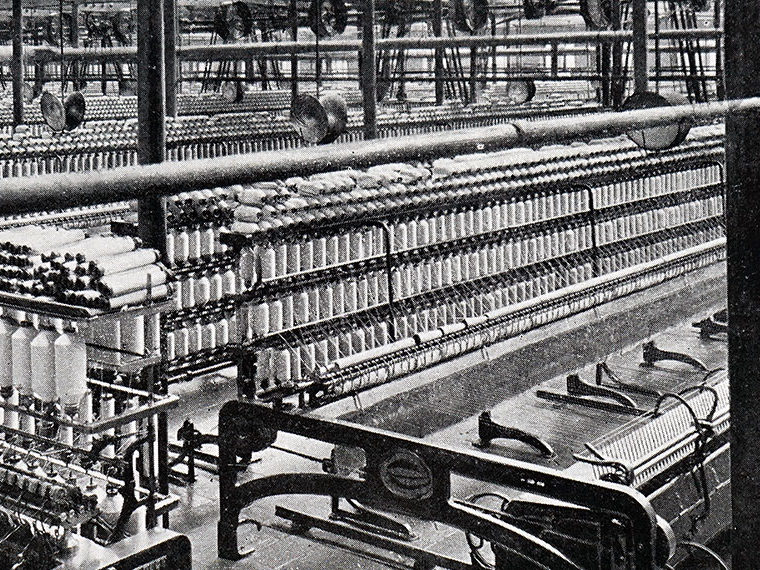
Amid Technology Boom, Where Are Productivity Gains?
19th-century French cotton mills suggest halting, uneven progress

Business Efficiency Needn’t Be the Enemy of Personal and Public Well-Being
Operations managers can take into consideration happiness, equity and sustainability
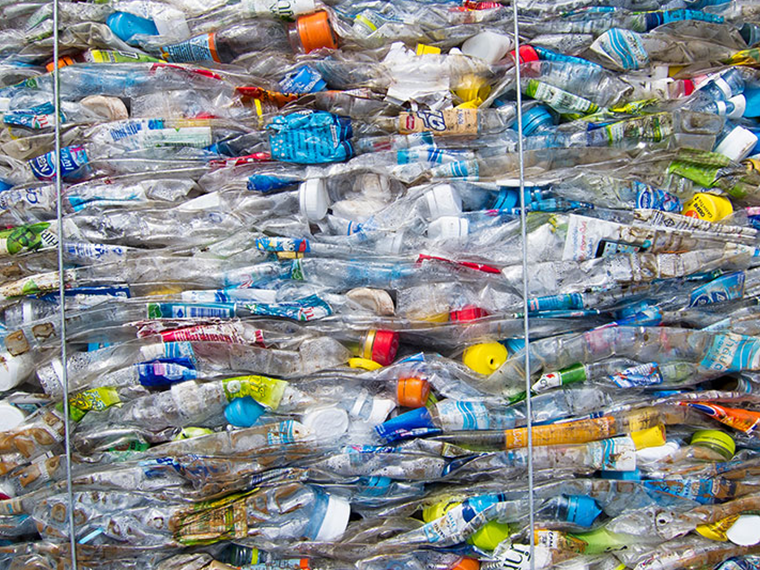
Ditching Small Plastic Bottles — for Medium-Sized — Could Cut Waste
1.8 million tons of PET plastic bottles end in landfills annually
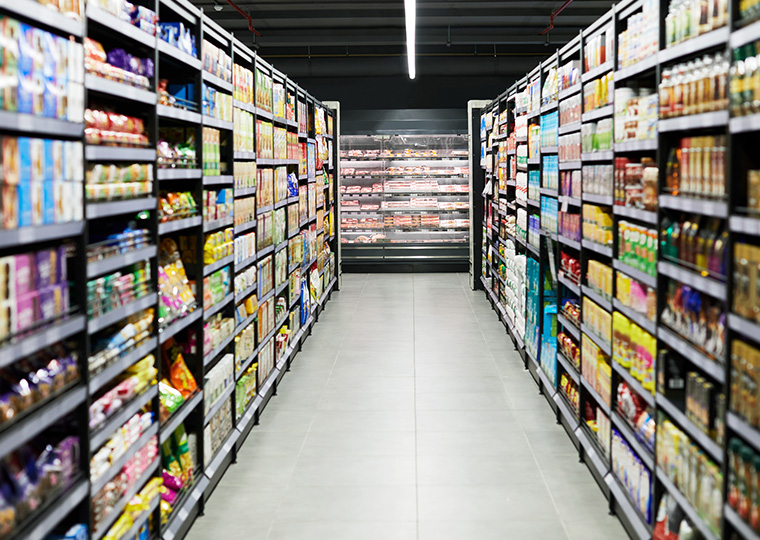
How an Accounting Change Hit Store Prices
Consumer goods got costlier as manufacturers moved to avoid new revenue recognition rules
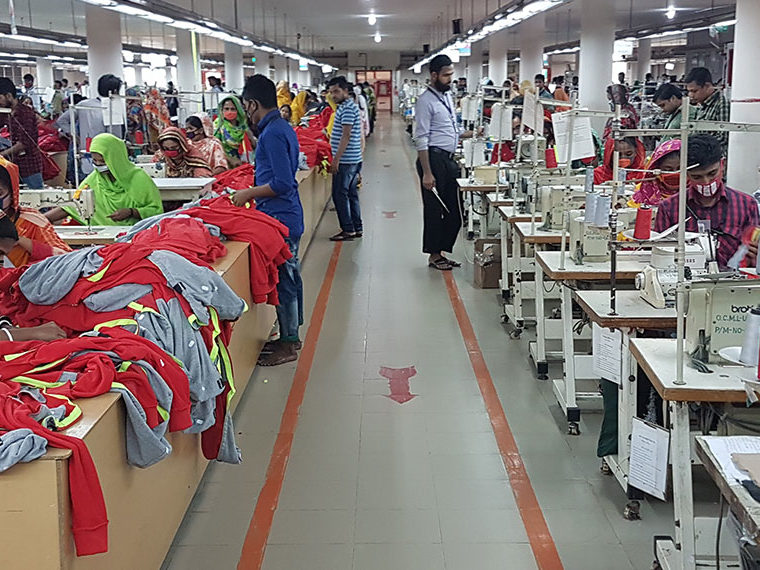
How Brands Can Anticipate Unauthorized Subcontracting of Apparel Manufacturing
A model predicts with 80% accuracy which orders get handed off

How Established Firms Get Disrupted by Allies
Suppliers, distributers, product extenders go from helper to competitor

How Fashion Brands Can Best Ensure Worker Safety in Developing Nations
Collective action, rather than each brand working alone, appears more effective and costs less

In U.S.-China Trade War, Bystander Countries Increase Exports
Higher demand from U.S. and China means expanding into new markets
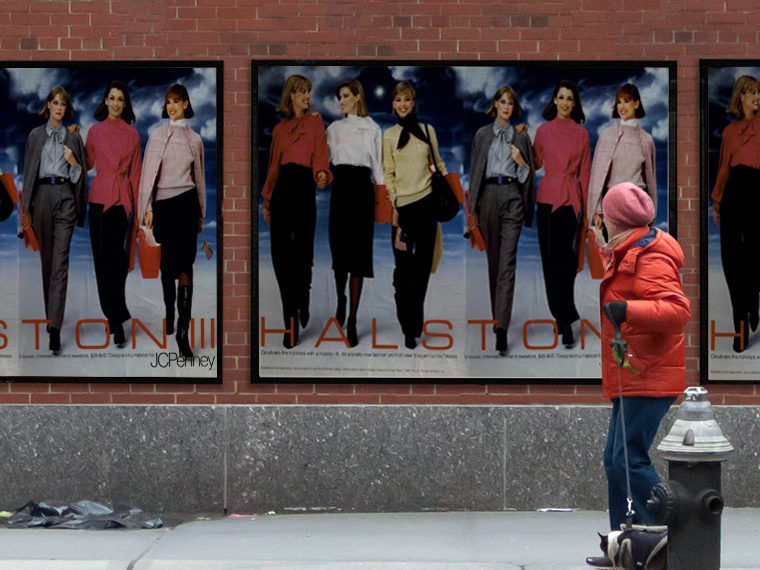
Luxury Goods: The Perils and Profits in Lower-Priced Markets
A study uses game theory to suggest when designer companies should license their names for down-market goods
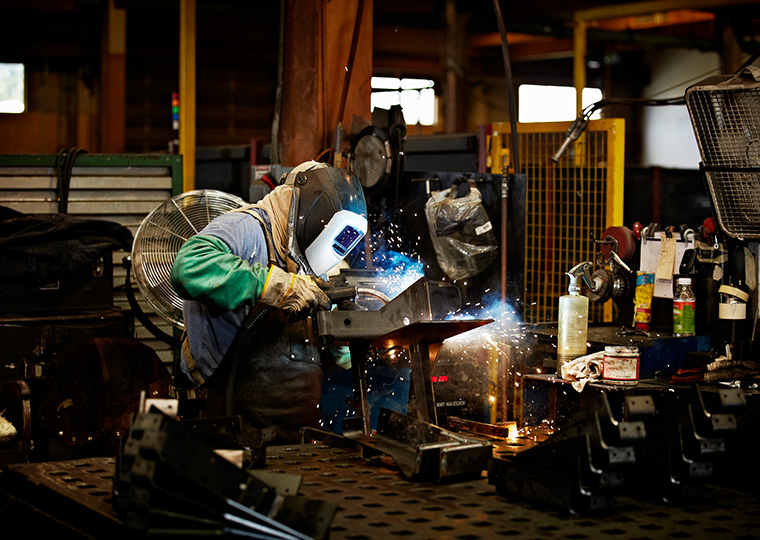
Manufacturing Might Pull Its Weight in Next Recovery
Unlike in past cycles, factory jobs are showing strength ahead of expected downturn
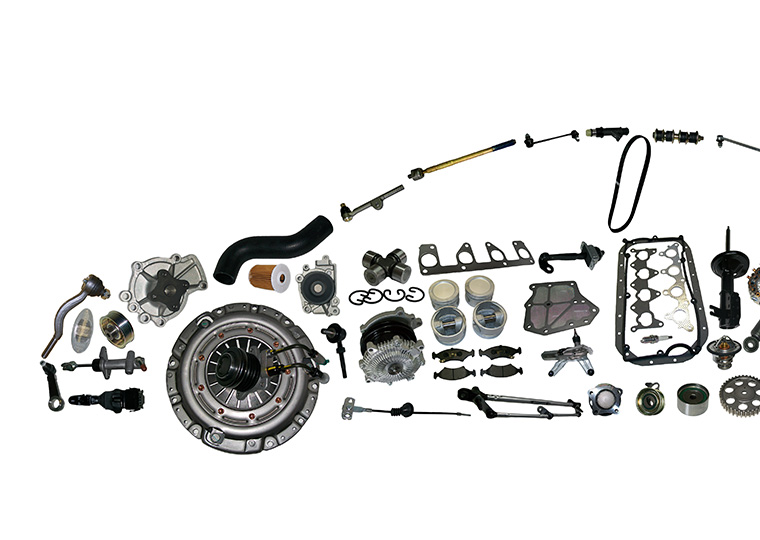
Mass Customization Makes Forecasting Parts Purchases a Manufacturer’s Nightmare
A method that establishes a range of needs — and then tightens the range — works better
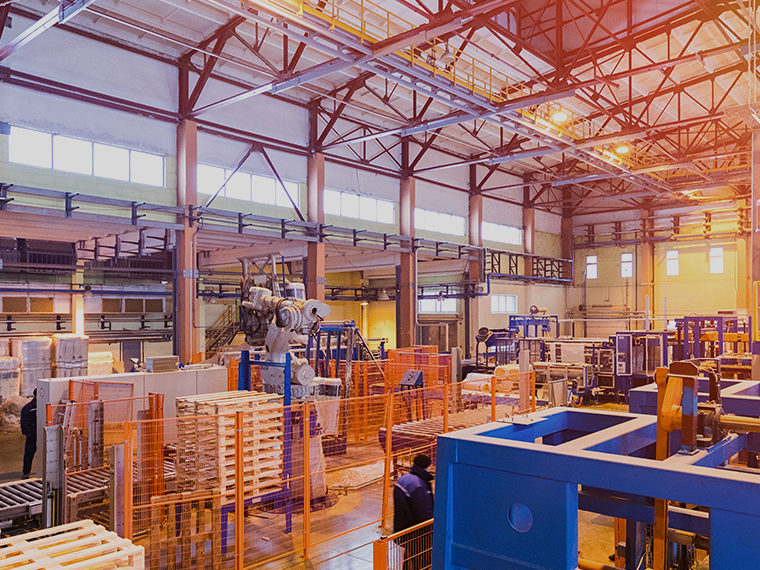
Once Begun, Corporate Carbon Reduction Efforts Gather Momentum
Companies are surprised: Opportunities to reduce CO2 are more plentiful than expected
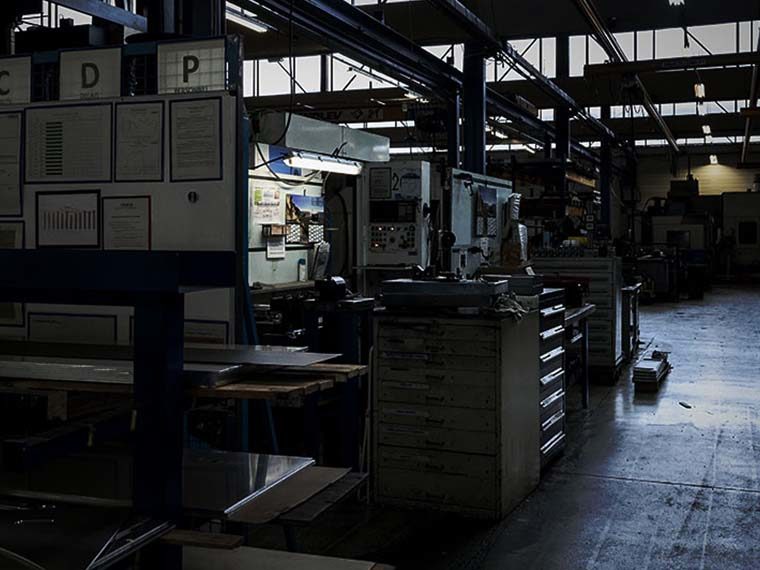
Recession Recoveries Take Longer as Manufacturing Fades
Should stimulus be targeted toward displaced workers, rather than across the economy?